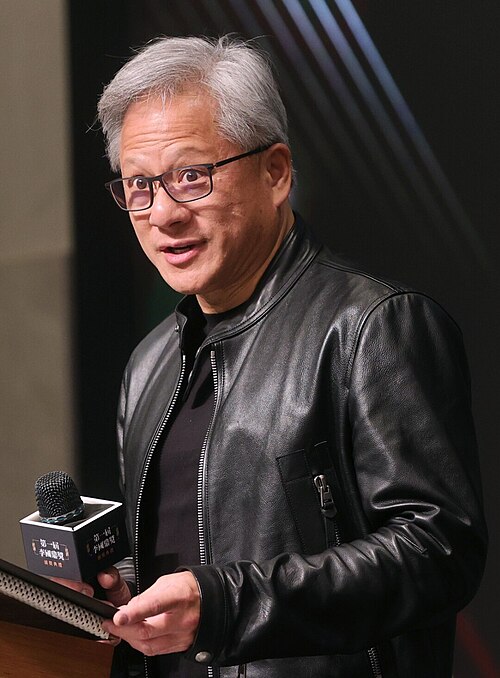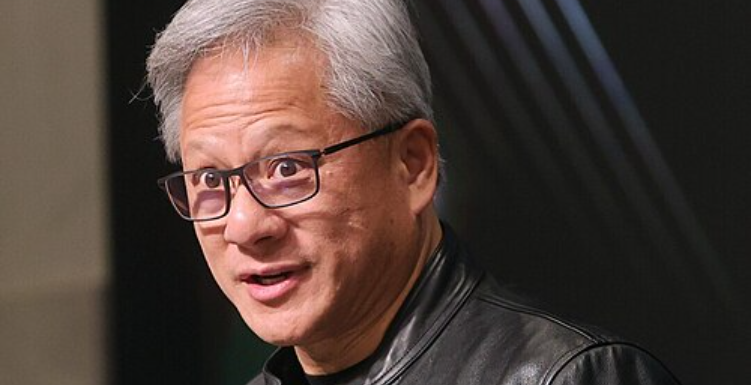
During a recent visit to Beijing, NVIDIA CEO Jensen Huang shared surprising career advice that’s reshaping how we think about future job opportunities, as reported by The Times of India. When asked what field he’d pursue if he were 20 years old in 2025, the NVIDIA founder chose physical sciences over software engineering — a perspective that could transform your career strategy.
This statement carries significant weight coming from the leader of the world’s most valuable company, which recently became the first to hit a $4 trillion market cap and has been at the forefront of the AI revolution.
What Are Physical Sciences and Why Do They Matter Now?
Physical science, as opposed to life science, is a broad branch that focuses on the study of non-living systems, including physics, chemistry, astronomy, and earth sciences.
But why this shift from software to physical sciences? The answer lies in Huang’s vision of the future of artificial intelligence.
The Four Waves of AI : Understanding Huang’s Strategic Vision
Huang has identified four distinct phases in the evolution of artificial intelligence over the past decade and a half, with each building upon the previous:
Wave 1 : Perception AI (2012-2018)
“Modern AI came into consciousness about 12 to 14 years ago, when AlexNet came out and computer vision saw its big, giant breakthrough,” Huang explained. This first wave focused on machines’ ability to recognize and interpret visual information.
Wave 2 : Generative AI (2018-2023)
The second wave brought us systems that could not only understand information but also “translate it into different languages, images, code, and more.” Think ChatGPT, DALL-E, and similar generative models.
Wave 3 : Reasoning AI (Current)
We’re currently in the “Reasoning AI” phase, where you now have AI that can understand, it can generate, solve problems, and recognize conditions that we’ve never seen before.”
This enables “agentic AI” – essentially “digital workforce robots” capable of reasoning and acting as autonomous agents.
Wave 4 : Physical AI (The Next Frontier)
Here’s where Huang’s career advice becomes crystal clear. “The next wave requires us to understand things like the laws of physics, friction, inertia, cause and effect,” Huang explained.
Physical AI : Where the Real World Meets Artificial Intelligence
Physical reasoning abilities, such as the concept of object permanence — or the fact that objects continue to exist even if they’re out of sight — will be big in this next phase of artificial intelligence.
Real-World Applications of Physical AI
The practical applications are transformative:- Predictive modeling: Understanding where a ball will roll based on physics
- Robotic manipulation: Knowing how much force to apply when gripping objects without damaging them
- Autonomous navigation: Inferring the presence of a pedestrian behind a car
- Manufacturing automation: Creating highly robotic factories and plants
“So hopefully, in the next 10 years, as we build out this new generation of plants and factories, they’re highly robotic and they’re helping us deal with the severe labor shortage that we have all over the world,” Huang predicts.
Career Implications : What This Means for Students and Professionals
For Current Students
Suppose you’re choosing a major or considering career pivots. In that case, Huang’s advice suggests that combining physical sciences with AI and computer science could position you at the forefront of the next technological revolution.
High-demand skill combinations for the Physical AI era:- Physics + Machine Learning
- Chemistry + Robotics Engineering
- Materials Science + Computer Vision
- Mechanical Engineering + AI Systems
For Working Professionals
In addition to his advice on physical sciences, Huang has emphasized the importance of learning to work with AI tools, stating, “The first thing I would do is to learn AI,” and mentioning tools like ChatGPT, Gemini Pro, and Grok.
“Learning how to interact with AI is not unlike being someone who’s good at asking questions,” he explained. “Prompting AI is very similar. You can’t just randomly ask a bunch of questions.”
Market Opportunity : Why This Career Shift Matters
According to LinkedIn’s 2025 Work Change report, 70% of the skills used in most jobs are expected to change due to AI technology by 2030. However, only 11% of Americans ages 14 to 22 currently use generative AI once or twice per week, according to a 2024 report from the Harvard Graduate School of Education.
This creates a massive opportunity gap for those who position themselves at the intersection of physical sciences and AI.
Jensen Huang’s Track Record : Why His Advice Matters
Huang co-founded NVIDIA in 1993 at the age of 30 and has remained president and CEO since its founding—a tenure described by The Wall Street Journal as “almost unheard of in fast-moving Silicon Valley.”
His track record of anticipating technological shifts is remarkable:
- Led NVIDIA’s pivot from gaming GPUs to AI acceleration
- Pivoted “the whole company away from what had made [them] money for over 20 years,” according to IBM CEO Arvind Krishna
- Built the foundation that now powers much of the world’s AI infrastructure
Future Career Success : Key Takeaways from Jensen Huang
Jensen Huang’s career advice reflects a fundamental shift in how we think about the future of technology. While software has dominated the past two decades, the next wave of innovation will require a deep understanding of the physical world.
The winning combination for the next decade:- Strong foundation in physical sciences
- AI and machine learning expertise
- Understanding of how digital systems interact with physical reality
- Skills in robotics, automation, and physical system design
As we stand on the brink of the Physical AI revolution, Huang’s advice offers a roadmap for professionals seeking to position themselves at the forefront of technological innovation.
Ready to future-proof your career?
Start exploring the intersection of physical sciences and AI today. Whether you’re a student choosing your major or a professional considering a pivot, the convergence of these fields represents one of the most significant opportunities in modern technology.
Source: The above blog was written based on the news article – “Nvidia CEO Jensen Huang says: ‘If I were 20 years old today, I would focus more on this field than software” in The Times of India dated 25 July 2025 – The Times of India


